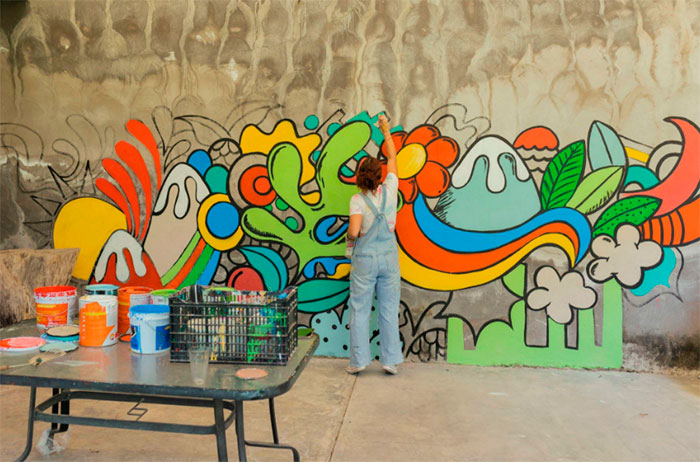Creativity doesn’t always arrive in grand gestures; it hides in everyday actions, embedded in small decisions, subtle changes, and observations. Whether in work settings, neighborhoods, classrooms, or local businesses, these actions hold the power to shift perceptions, inspire others, and spark innovation.

In the workplace, thoughtful tweaks can enhance communication and morale. In communities, simple acts can build connection and pride. For Wende Pettit, at the heart of it all lies a mindset of attentiveness, openness, and willingness to act. These stories reflect how ordinary people become catalysts of change, often without realizing the ripple effects they create.
The Value of Small Details
Small actions often go unnoticed, yet they can drive meaningful shifts in professional and community settings. These are the subtle touches—a redesigned meeting format, a reworded sign, a slight layout change—that seem minor but improve how people work together or experience their surroundings.
In a busy office, a team member who color-codes shared calendars to reduce confusion might help others stay more organized without any formal policy change. Similarly, a neighbor who paints a bland bench in cheerful colors adds character to a park, making it more inviting. These don’t require major resources, but they reflect thoughtfulness and intention. When people focus on enhancing small aspects of daily life, they often create momentum toward broader improvements.
Everyday Innovation in the Workplace
Workplaces often change not through sweeping modifications but through the quiet influence of creative thinking in daily routines. Someone who redesigns a shared form to make it easier to fill out can save colleagues time and reduce misunderstandings. These seemingly minor changes can enhance communication, reduce stress, and make tasks more enjoyable. A team that regularly revisits how meetings are structured may find fresh ways to make them more productive and engaging.
A graphic designer who adds a touch of humor to internal memos might lift the mood of the team without altering the message. When employees feel empowered to make thoughtful adjustments, it enables a sense of ownership. Over time, these small innovations can shape a workplace culture that values initiative and continuous improvement. People begin to look for ways to contribute creatively, knowing their efforts are seen and appreciated.
Local Efforts That Inspire Broader Community Change
In neighborhoods and towns, creative touches often plant the seeds of larger transformation. A resident who builds a small free library on their front lawn may encourage reading habits and stronger social ties. These actions don’t require permission or large budgets, yet they resonate deeply with others. A single effort can create a ripple effect that encourages similar acts of care and creativity nearby.
A community mural painted on a once-neglected wall can brighten the area and give people a sense of pride. Others may feel inspired to clean up nearby spaces, start a garden, or host a block gathering. When creative energy is applied to everyday surroundings, it invites participation and fosters a shared sense of care. These efforts, while modest in scale, often set off a ripple effect that strengthens community connections.
Being Alert
Creative solutions often begin with simply noticing something others overlook. A person who realizes that a hallway bulletin board goes unread might relocate or redesign it to actually catch attention. It’s not always about having the loudest idea, but rather the most thoughtful one—something born from careful observation.
Curiosity plays a powerful role in this process. When individuals question why things are done a certain way, they open the door to improvement. A teacher who rethinks how chairs are arranged in a classroom may suddenly find that students engage more actively. These shifts are subtle, but they stem from paying close attention and being willing to try a new approach.
Supporting a Culture of Creativity
When organizations encourage small contributions, creativity becomes part of the culture instead of something reserved for special projects. A manager who regularly invites staff to suggest improvements during weekly check-ins sends a clear message that ideas are welcome. This kind of openness builds trust and invites experimentation. People become more willing to speak up when they know their input won’t be dismissed.
Communities thrive when people feel safe to share ideas without fear of judgment. A local café that lets customers suggest menu changes may discover surprising hits while making patrons feel valued. When feedback is embraced, innovation naturally follows and becomes a shared responsibility.
Taking Action
Finding opportunities for creative change doesn’t require a blueprint. Start by choosing one everyday frustration and imagining a better version of it. Small trials—like testing a new sign layout or rearranging a shared space—can reveal what works without any major risk. These can spark new ideas and build confidence in trying more.
Sharing small successes encourages others to try their own ideas. A single story about improving a process or experience can spread motivation quickly. These efforts accumulate, leading to a culture where creative thinking is not the exception but the norm.
